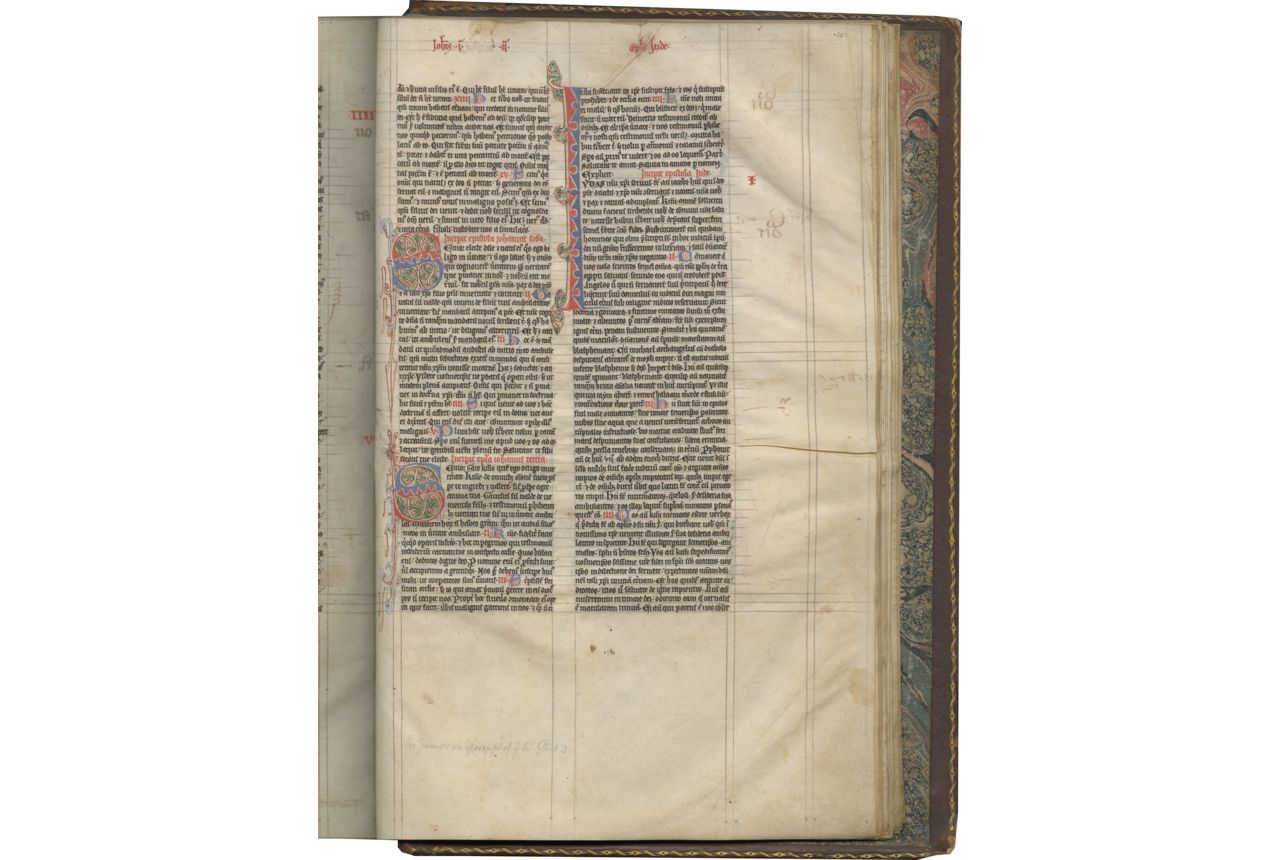

As Professor Robin Jensen explained, Christian pilgrimage dates back to the fourth century when the Church of the Holy Sepulchre in Jerusalem was built. The preeminent sacred site for Christian pilgrims is the place of Jesus’ death and resurrection.

By gathering a mix of students and community members, our pilgrim group witnessed to Pope Francis’ vision for a church of encounter and dialogue between people of diverse cultures, generations, and life experiences. Between 20, Pope Francis has invited Catholics into a synodal process designed to intensify communion, participation, and mission in the life of the church. Karst challenged those of us making the pilgrimage to become, during our brief journey together, the church the world needs today. Professor Layla Karst, in the webinar on “ Becoming a Pilgrim People,” described making a pilgrimage as a liturgical act that forms us as church and through which we make God’s presence visible in the world here and now. The second lesson: how we go is as important as where we go. We desired new energy to animate our work for racial justice. Nevertheless, as pilgrims we set out with intentionality.

Of course, our day trip to Chicago was not as momentous as a once-in-a-lifetime pilgrimage to Mecca. Some even take a new name to emphasize that the hajj has changed their very identity. In the panel discussion on “ Pilgrimage in the Global Middle Ages,” Professor Mun’im Sirry shared that Indonesian Muslims who make the hajj earn an honorific title when they return home, signifying that they have grown in wisdom from their sojourn to Mecca. The pilgrim identity leaves an imprint after we return to ordinary life. We think of pilgrimage encompassing our experience en route to holy places and within sacred precincts, but it doesn’t end there. First, the goal of the journey is to come home changed. On my mind were lessons learned from the four webinars we had hosted throughout the spring semester. The journey to Chicago marked the end of the MI’s Pilgrimage for Healing and Liberationseries. We represented a cross-section of academic disciplines and communities from around South Bend. Ranging in age from their teens to their eighties, the members of our pilgrim band hailed from Saint Mary’s College, the University of Notre Dame, Holy Cross School, and two local parishes, Saint Augustine’s and Saint Pius. Happily, the weather did not deter our driver, and our busload of 50 people disembarked in Chicago at the Cardinal Meyer Center to walk in the footsteps of Father Augustus Tolton. The night before, a tornado warning had hit Notre Dame, and I thought, even when traveling by modern-day motor vehicle, pilgrims must brave tempests to reach their destination. It was pelting rain on the morning of Saturday, April 1, the day of the Medieval Institute-sponsored pilgrimage to Chicago.
#THE WOLLATON MEDIEVAL MANUSCRIPTS DRIVER#
He was active in rescuing books damaged in the flood of the Founder's Library at the Fitzwilliam Museum and was a popular teacher and lecturer at the Wellcome and Hamilton-Kerr institutes, at Duke University, the Montefiascone Project and elsewhere.“We may have to turn around if the wind gets too strong,” our bus driver told me. In 1998 he was emboldened to set up independently as a book conservator and consultant, working at home and abroad, from Iceland and Prague to Mount Sinai. In 2000 he became a Research Fellow of the London Institute. He was also an accredited member of the Institute of Paper Conservation, publishing technical articles in The Paper Conservator, as well as editing Conservation and Preservation in Small Libraries (with Katherine Swift, 1994). But he also found time to undertake an advanced course in book conservation with Christopher Clarkson at West Dean College, in Sussex, and then a PhD at UCL, with an admirable thesis on "English Fifteenth Century Bookbinding Structures" (1998). At Cambridge, he joined his invalid mother, whom he looked after with devoted care till her death.


 0 kommentar(er)
0 kommentar(er)
